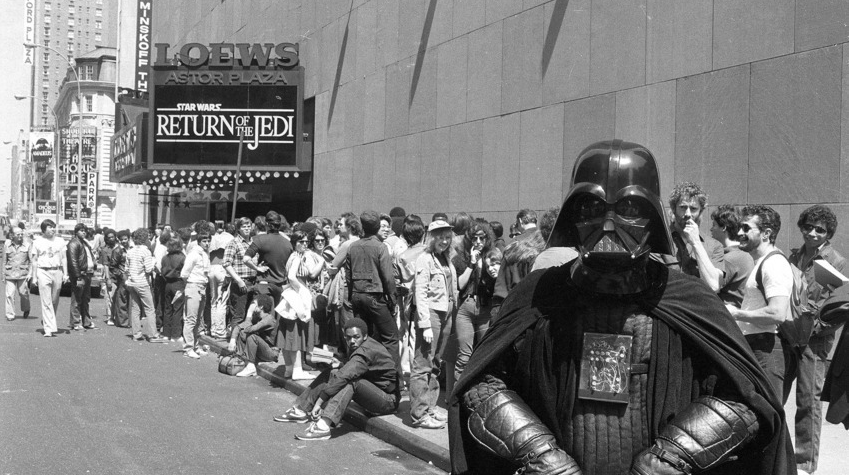 We’re so excited to write about Life Debt that we’re doing so on our phone, since we’re currently away from our computer for a couple weeks. Oh and fair warning, there will be spoilers after the cut – we won’t spoil the end or plot beats, but we will discuss characters.
We’re so excited to write about Life Debt that we’re doing so on our phone, since we’re currently away from our computer for a couple weeks. Oh and fair warning, there will be spoilers after the cut – we won’t spoil the end or plot beats, but we will discuss characters.
RAE SLOANE was always going to be the subject of this piece — she’s far and away my favorite character of the new canon. I’m not the only one – she’s very popular with fans: Megan Crouse and Catrina Dennis have both written great pieces about her recently. Her popularity extends to the authors, as Chuck Wendig, Greg Weisman, and Jason Fry have all used a character originally scribed by John Jackson Miller in their stories. It’s been an organic thing – we don’t think there was any pre-planned intention to make her the central recurring character of the new canon, a character some compare to the old EU’s Pellaeon (we tend to think she’s far more interesting, but we disliked Pellaeon even back in the EU days). She’s had a full character arc as a result of her multiple appearances, and here she is at the apogee of her career: a Grand Admiral of the Galactic Empire. While she started as an interesting Imperial character, she essentially represents the Empire now.
Before reading Life Debt, our idea for this piece was to compare SLOANE’s position in the Empire (and the arc that led her there) with Pellaeon’s. The comparisons the Aftermath epilogue caused folks to make between those characters and the mysterious admirals who commanded them made it seem like a good idea, and they do share some general plot beats. While we’ll still talk about that a bit, the novel made us realize it’s more interesting to compare SLOANE with Leia – both as characters as well as visionaries towards a new galactic order.
Both Leia and SLOANE came to their own conclusions after Endor. Aftermath opened with Leia’s speech to the galaxy – a speech announcing a new era and ushering in the New Republic. SLOANE realized during the battle itself that the Empire must adapt, change if it was to recover from that debacle – “Levers of Power” and Aftermath neatly show the development of that thinking. Both Leia and SLOANE have interesting relationships with mentor figures – Mon Mothma and the mysterious fleet admiral respectively – and those relationships are reflected in the plans they have for the galaxy.
If Aftermath was a space opera romp in a backwater region of the Outer Rim, Life Debt is a story with significantly higher stakes. Grand Admiral RAE SLOANE and Princess (and General) Leia Organa represent two different visions of a new galaxy. We see them struggle to convince others of the rightness of their ideas, just as they struggle with the opposing side in the war. They’re both very compelling – as characters and as representatives of an ideal. It’s little wonder these characters are my favorite film and new canon characters respectively. For the rest of this discussion, let’s start getting into the plot… Spoilers from here out.



 Premiering on the first day of summer, DisneyXD recently introduced us to the Freemaker family in the new show LEGO Star Wars: The Freemaker Adventures. Following a family of scavengers, older brother Zander, younger sister Kordi, and Force-sensitive, twelve-year-old Rowan, with their battle droid Roger, making their way in the galaxy. The show is steeped in its love for the Star Wars galaxy and a fun side adventure for those who want just a little bit more out of the franchise that keeps giving, and giving, and giving.
Premiering on the first day of summer, DisneyXD recently introduced us to the Freemaker family in the new show LEGO Star Wars: The Freemaker Adventures. Following a family of scavengers, older brother Zander, younger sister Kordi, and Force-sensitive, twelve-year-old Rowan, with their battle droid Roger, making their way in the galaxy. The show is steeped in its love for the Star Wars galaxy and a fun side adventure for those who want just a little bit more out of the franchise that keeps giving, and giving, and giving.